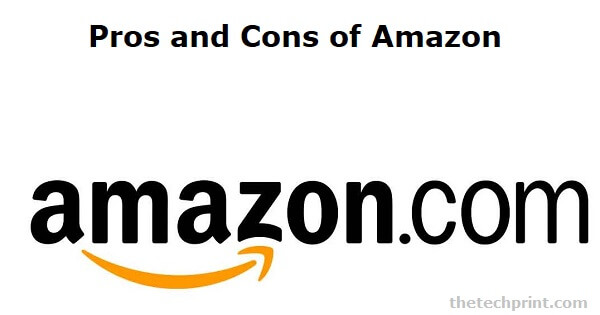Selling on Amazon may be a fantastic way to expand your consumer base and develop your brand. The typical process you may use to begin selling on Amazon is outlined below:
1. Create an Amazon Seller Account: You must create an account before you can begin selling on Amazon. You'll get access to the Amazon Marketplace here, where you may post your goods for sale.
2. Choose the Things You Wish to Sell: Amazon offers various products in various categories, including books, electronics, apparel, and home goods. Depending on your company objectives and available items, you may decide whether to offer things under one or several categories.
3. List Your Items: You may begin selling your products on Amazon after setting up your seller account. It entails supplying product details, including the name, description, price, and images. Also, you must establish your payment preferences and select your delivery alternatives.
4. Fulfill Your Orders: Amazon will notify you when a consumer orders one of your goods. The product will next need to be packaged and sent to the consumer. Amazon offers a variety of delivery choices, including Fulfillment by Amazon (FBA), its fulfillment service that takes care of your storage, packing, and shipping.
5. Manage Your Sales: You must track your sales, customers' comments, and any potential customer service concerns. The seller tools on Amazon let you manage your listings, keep tabs on sales, and reply to customer queries.
6. Remember that there are costs associated with selling on Amazon, including a monthly membership fee for a professional seller account and costs for each item you sell. Review these costs carefully and include them in your pricing and profit margins.
With more than 300 million active users, Amazon is one of the biggest online marketplaces in the world. You may easily expand your business and reach a sizable audience by selling on Amazon.
Amazon has a range of fulfillment alternatives, including Fulfillment by Amazon (FBA), its fulfillment service that takes care of your storage, packing, and shipping needs. It can help you save time and effort and enable you to concentrate on other areas of your company.
Amazon enjoys a solid reputation for reliability and security. You may capitalize on this standing and gain from the confidence that people have in Amazon by selling there.
Amazon offers some marketing resources and services that can aid in the promotion of your goods and the expansion of your consumer base. For instance, you may target particular demographics and phrases with Amazon's sponsored items. You can also participate in Amazon's advertising programs to reach customers through display advertisements and other media.
You will have a lot of competition, given that Amazon has millions of vendors. It would help if you gave your customers something unique, competitive costs, and quality to flourish on Amazon.
There are costs associated with selling on Amazon's marketplace. These costs include a monthly membership fee for a professional seller account, a referral fee for each item sold, and storage costs if you want to utilize Amazon's fulfillment service. It would help to account for these costs in your pricing and profit margins since they may increase.
You have little influence over how customers are treated when you sell on Amazon since you rely on its platform and rules. It may make it more difficult to tailor the client experience and establish a personal connection with them.
To succeed on the platform, you must use Amazon's search and recommendation engines. However, the workings of these algorithms are not entirely transparent and susceptible to change. It might make it difficult.
Conclusion
In the end, the choice is yours. Yet, you now have additional ideas to consider as you pick a path.
In summary, Amazon Marketplace may prove advantageous for some retailers regarding their retail strategy, but it won't work immediately for others. Regardless of whether you sell on Amazon or not, the key is to diversify your sources of income and never put all your money in one basket.
Selling on Amazon is more difficult than doing it through Google Shopping. Other possible problems include Amazon's lack of integration with shopping carts.
Moreover, the heightened rivalry necessitates precise order and inventory management to ensure client satisfaction. It's not impossible, but it needs much preparation and thought.

They receive free delivery, which means they will not be charged to bring their order to their door. The way Amazon has built its business model on customer convenience is great.
Large size, consumer trust, website functioning, and ease of use are all benefits of selling on Amazon. The drawbacks are taxes, customer service policies, rivalry, pricing wars, the expense of advertising, competition from Amazon itself, lack of control, and distant contact with the client.
Loyalty initiatives. Maintaining high customer happiness and loyalty, especially today is challenging for merchants. Still, Amazon excels at it by giving consumers access to its Amazon Prime membership. It is the secret to Amazon's success in retaining customers.
The strategy, innovation, personalization, and localization of Amazon's services and operations in India are major contributors to the company's success in India. The promotion of the Amazon brand in India may have also benefited from aggressive advertising to some extent.